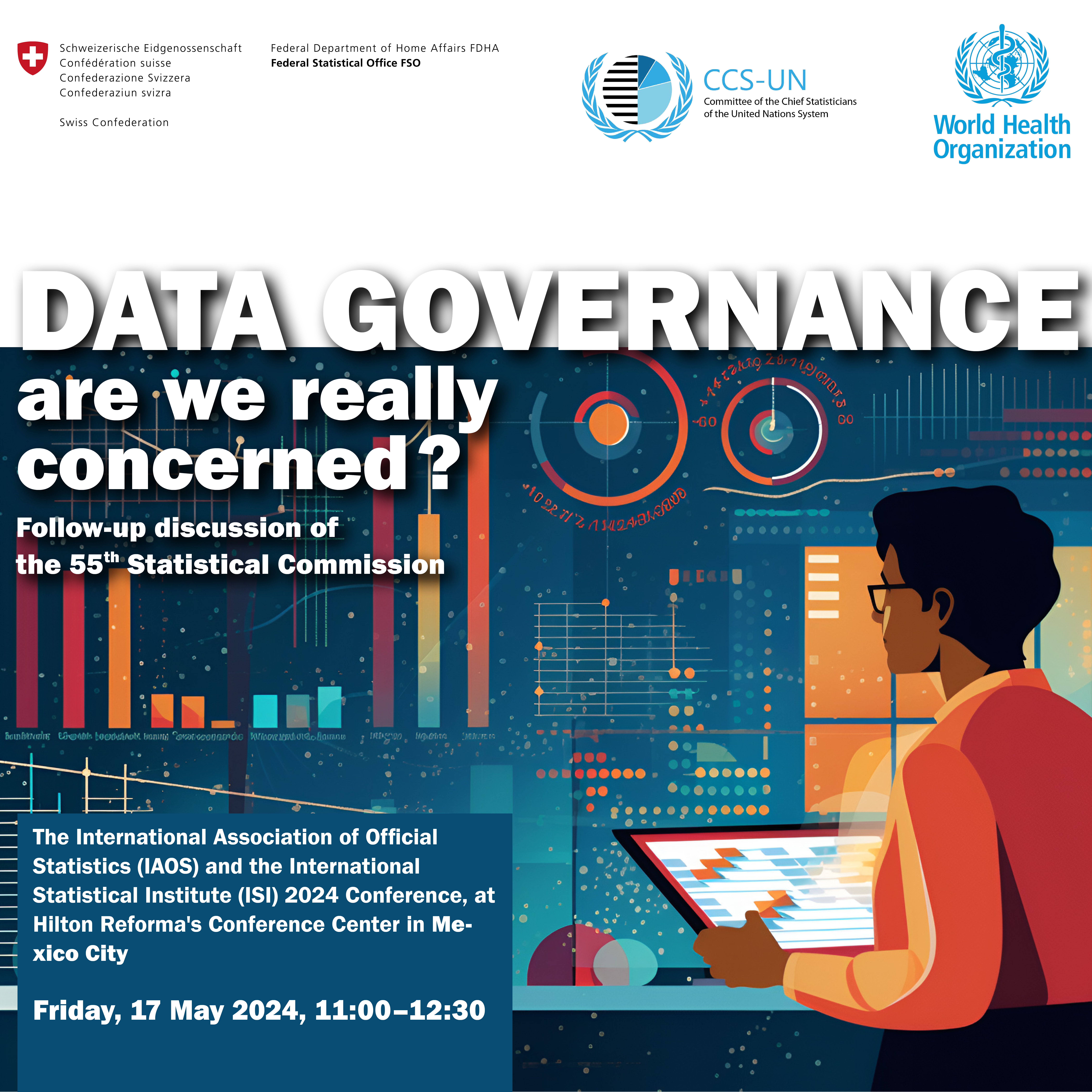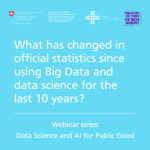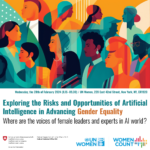Products
Inspiration / Credits
Gapminder Foundation / Hans, Ola and Anna Rosling
This film is a further development of Hans Rosling’s famous video on the evolution of life expectancy and income level in all countries of the world since 1810. For this film, the work of the Rosling’s family and of the Gapminder Foundation was a major inspiration and source regarding storyline, visualization, indicators and data.
Daniel W. O’Neil et al.
The film was further inspired by the theoretical framework that D. W. O’Neill et al. have presented in the article “A good life for all within planetary boundaries” (O’Neill, D.W., Fanning, A.L., Lamb, W.F. et al. A good life for all within planetary boundaries. Nat Sustain 1, 88–95 (2018)) that also was mentioned in the Global Sustainable Development Report (GSDR) 2019. The authors describe the situation of countries based on transgressed biophysical boundaries (including indicators such as material footprint or CO2 emissions) and the social thresholds achieved (including indicators such as life satisfaction, sanitation or life expectancy in good health). According to D. W. O’Neill et al., we should strive for a planet where high standards of living are achieved and less resources are used.
Data
Indicators
The film presents three indicators, namely life expectancy at birth, income per capita and CO2 emissions per capita – the first two also present in Rosling’s video – and three variables: population size, continent, year – all of them already presented by Rosling. The units of observation are countries; all countries for which data is available are represented in the chart. While life expectancy reflects the social dimension and income level the economic dimension of sustainability, we chose to add CO2 emissions as an indicator standing for the third dimension of sustainability, the environment.
Sources by variables
Life expectancy at birth:
- First part of the film that presents the period 1800-2020 (Aspirant commenting the visualization): whole dataset downloaded from the Gapminder tool (Mattias Lindgren, IHME, UNO WPP 2019).
- Second part of the film that presents the period 1950-2020 (Director General commenting the visualization): data retrieved from the UN World Population Prospects 2022 (released in July 2022).
We chose to use different data sources for the two parts of the video in order to have a harmonized time series (first part) and the most recent data available (second part).
Income per capita (GDP per capita in constant PPP dollars):
Data downloaded from the Gapminder tool.
CO2 emissions per capita:
Data downloaded from the GitHub-Archiv (based on Global Carbon Burden Budget 2021 from Friedlingstein et al. (2022)). Data for this indicator is available from the year 1949 on.
Total population:
- First part of the film that presents the period 1800-2020 (Aspirant commenting the visualization): whole dataset downloaded from the Gapminder tool (Maddison / CLIO INFRA, UNO WPP 2019).
- Second part of the film that presents the period 1950-2020 (Director General commenting the visualization): data retrieved from the UN World Population Prospects 2022 (released in July 2022).
We chose to use different data sources for the two parts of the video in order to have a harmonized time series (first part) and the most recent data available (second part).
Region:
We used the four regions presented by Hans Rosling and the Gampinder Foundation, namely Africa, Asia, Europe and the Americas.
Year:
In the first part of the film, we show a time-line beginning in 1800 and reaching to the latest statistical year available (2020). In the second part, after introduction of the third axis in the plot, we consider 1950-2020 because data for CO2 emissions is not available before 1950.
Visualisation
Type of plot
We show a time-animated 3D scatter plot, presenting three correlated indicators on three axes: x = income level, y = life expectancy, z = CO2 emissions. The third axis – and indicator – is injected half-way, symbolizes the third dimension of sustainability and takes the approach by O’Neill into account.
Scales
x-axis:
As in Rosling’s chart, we show income-level – an indicator with a wide range of values – on a logarithmic scale, reaching from 400 to 40’000 US-dollars per capita. This allows to better observe the development of this indicator over time, especially in the more recent time period where values have grown rapidly.
y-axis:
As in Rosling’s chart, we show life expectancy – an indicator with a small range of values – on a linear scale, reaching from 25 to 75 years.
z-axis:
We show CO2 emissions on a linear scale, reaching from 0 to 30 tonnes per capita.
Colours and textures
As in Rosling’s chart, the bubble’s colours show the continent of the respective countries and their size represent the size of their population. Their transparent aspect allows to see all bubbles where they overlap. The texture of the bubbles was chosen to best fit with a 3D space (plasticity) and the topic of CO2.






